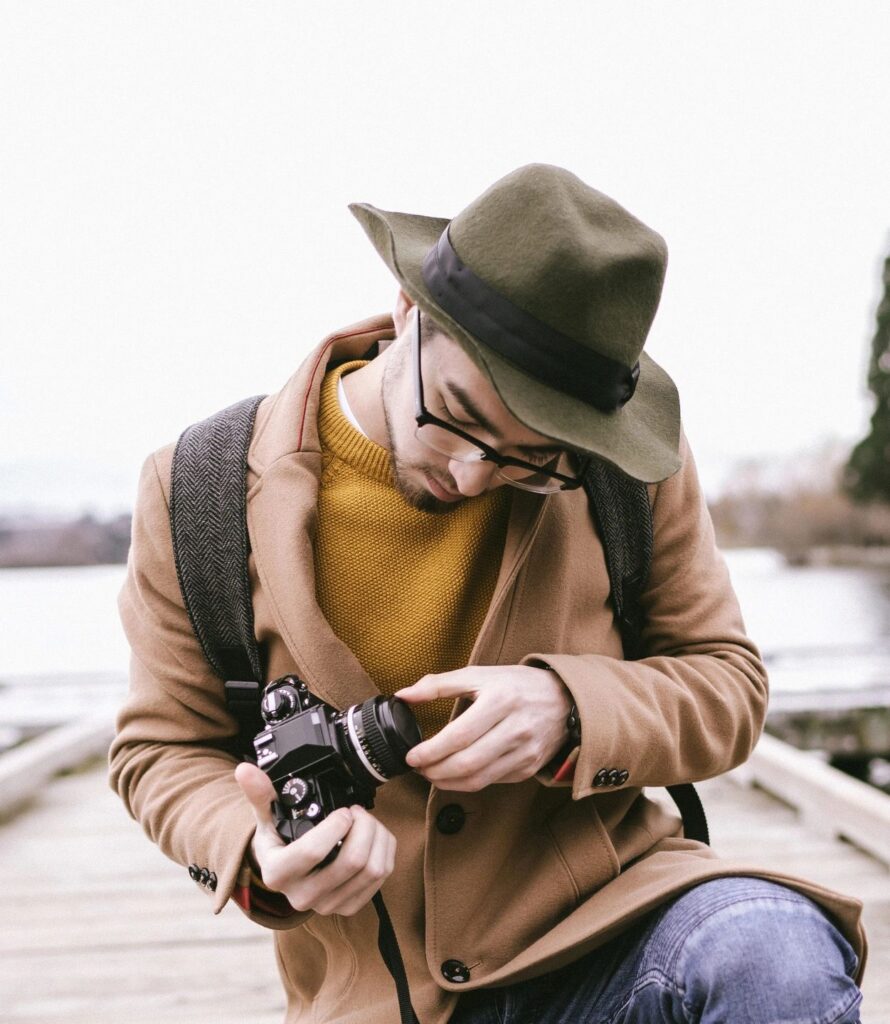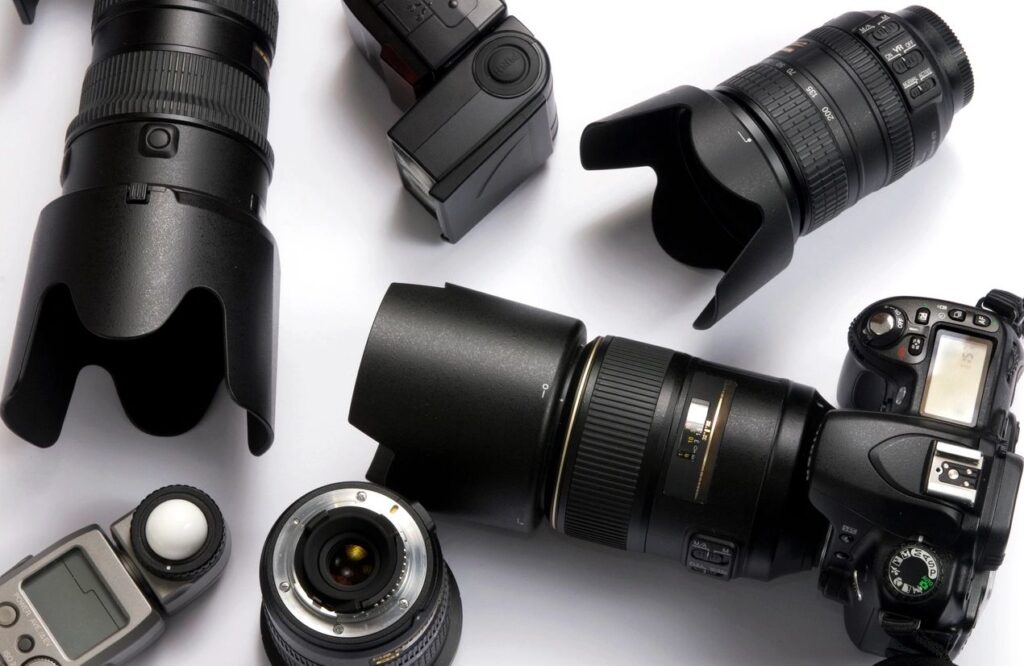
Master your camera settings to start taking better photos today!
1. Shooting modes
Cameras offer a variety of shooting modes – which one you choose depends on your preference, what you’re shooting, or your experience.
- Auto mode: allows you to just point and shoot – the camera takes care of all settings.
- Aperture Priority: You select the aperture, and the camera sets the shutter speed.
- Shutter Priority: You set the shutter speed and the camera sets the aperture.
- Manual Mode: You must control all the settings. Usually only necessary when using advanced techniques, experimenting with manual mode can help you master your camera.
2. Control depth of field with the aperture
- “Depth of field” controls how much of the picture is in sharp focus.
- Wide aperture settings create a shallow depth of field, which makes the foreground sharp and the background blurry – perfect for portraits.
- Narrower aperture settings have the opposite effect, making foreground and background in sharp focus. This is great for landscape photography.
3. Control motion blur with shutter speed
- A fast shutter speed will completely freeze the moving object and create a static image.
- A slower shutter speed with a panning technique will capture a dynamic motion blur in the background.
4. Exposure compensation
- While using Aperture priority or Shutter Priority modes, images often will be over or under-exposed if the subject is against a darker background.
- Fortunately, you can fix this by manually overriding the camera’s settings to lighten or darken exposure as needed.
5. What’s ISO?
- ISO controls how sensitive your camera’s sensor is to light. Lower ISO’s mean better image quality with very little “noise” in the photo.
- Higher ISOs allow you to shoot in lower-light settings without using a tripod or flashgun, because they use faster shutter speeds.
6. Composition
- In photography, “Composition” refers to the way objects in your shot are arranged. Good composition draws the viewer into the frame and creates a balanced photograph.
- The rule of thirds is one of the most useful compositional techniques. Imagine the frame is split into 9 equally sized rectangles by two vertical and 2 horizontal lines. Many cameras offer a grid on the LCD screen and viewfinder to serve as a guide.
- For a good composition, just position the subject on one of the points where these lines intersect.
7. Focal length
- Focal length refers to how wide the field of view is: a larger number provides a narrower view while a smaller number offers a wider view.
- Many cameras come with a zoom lens that has a focal length range of 18-55 mm.
- 18 mm is good for landscapes, while 55mm is ideal for portraits and zooming in on subjects that are further away. 35 mm is good for a range of subjects.
